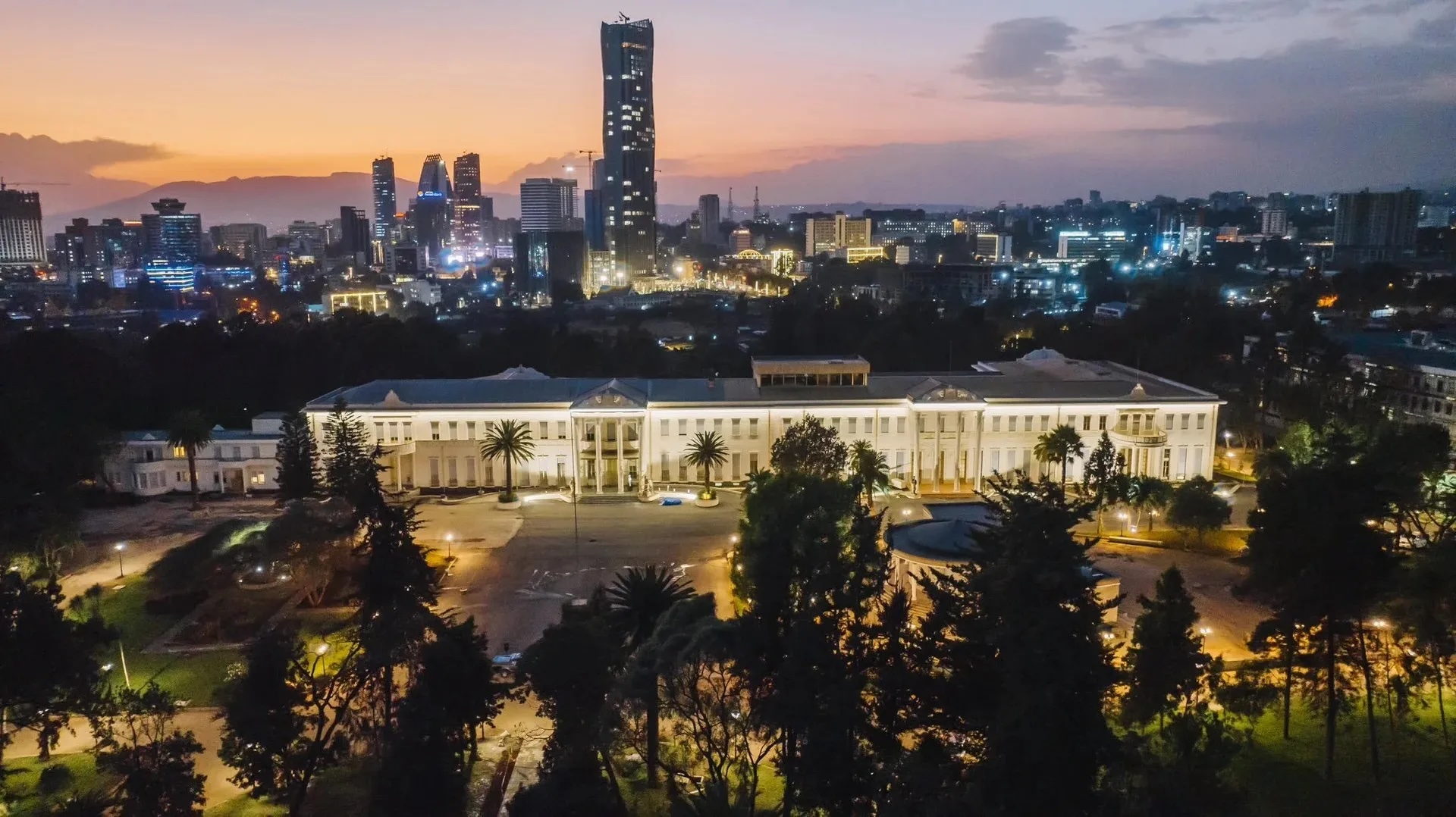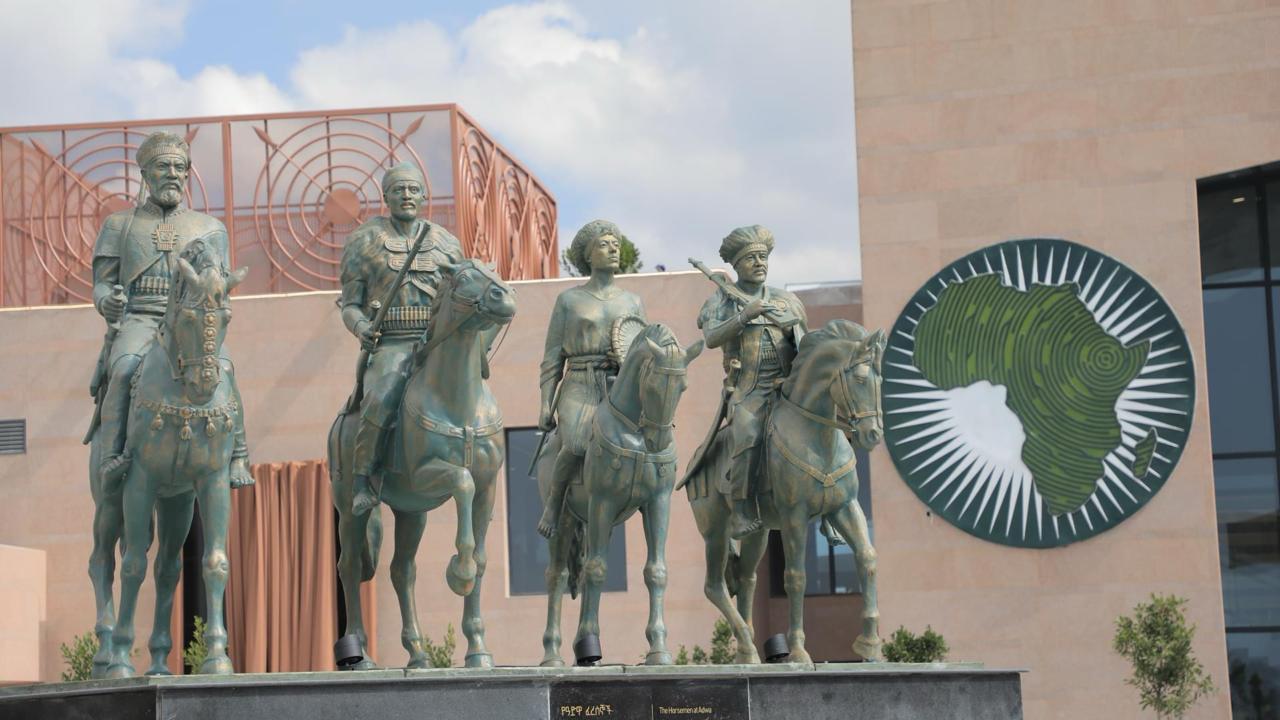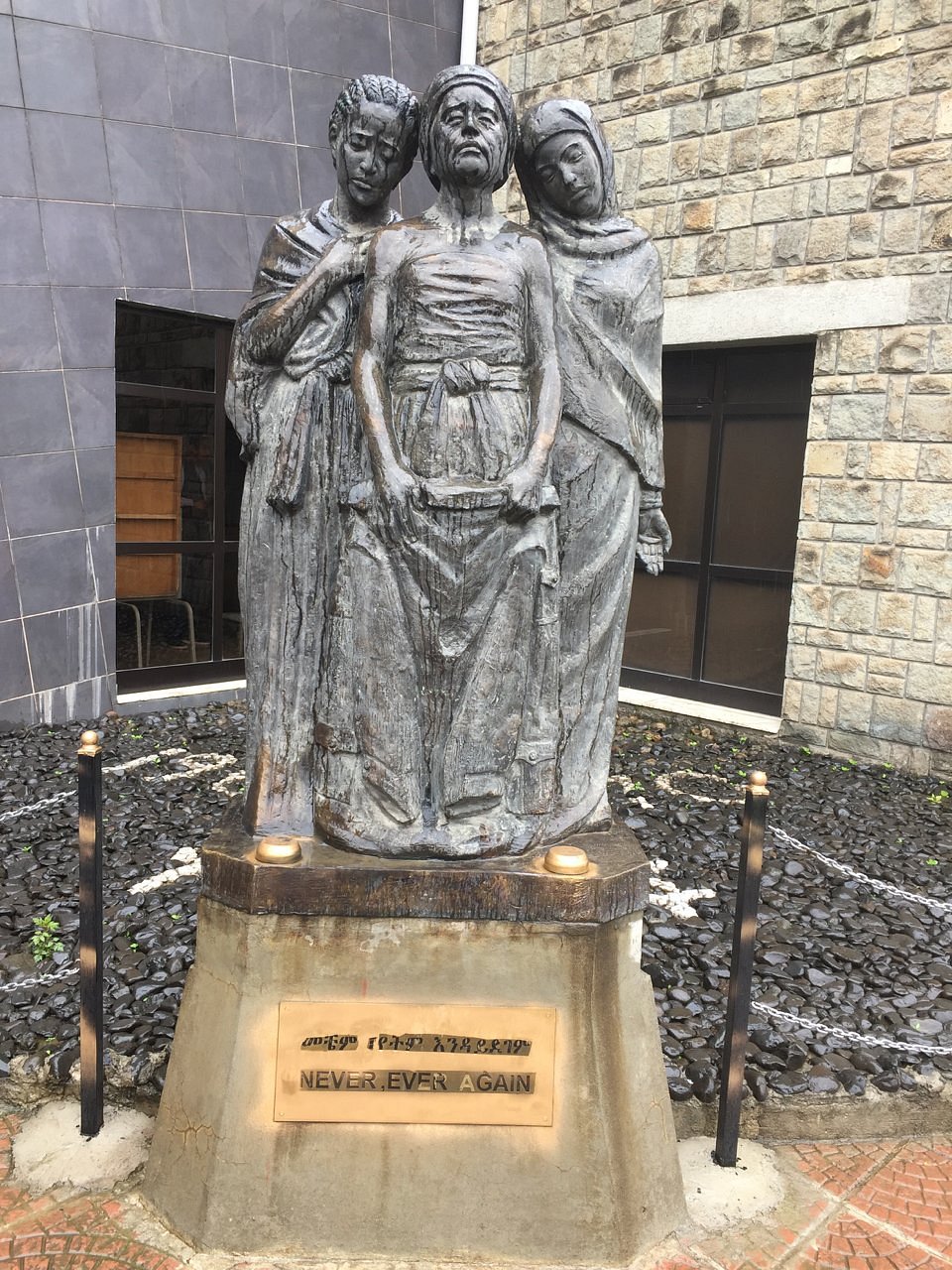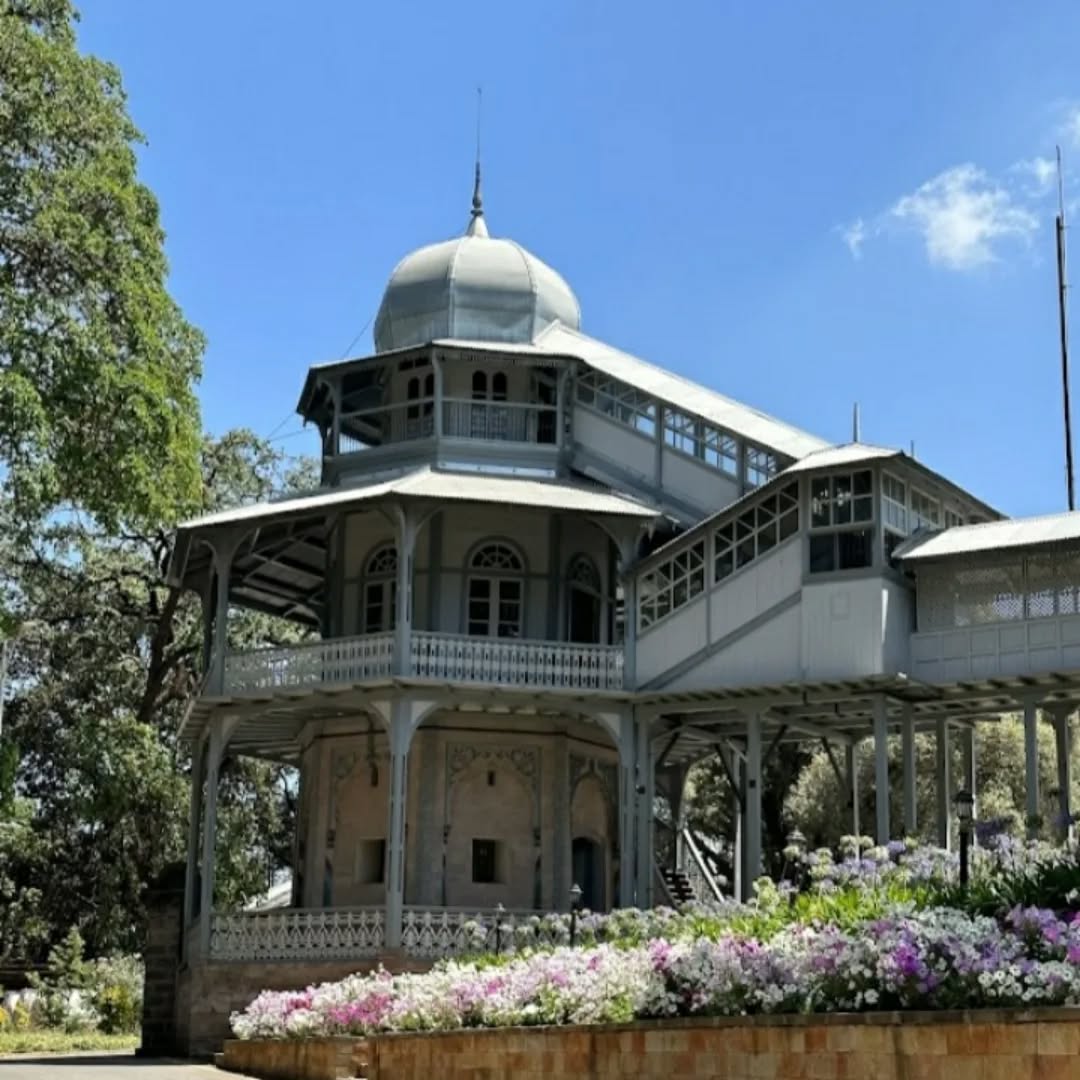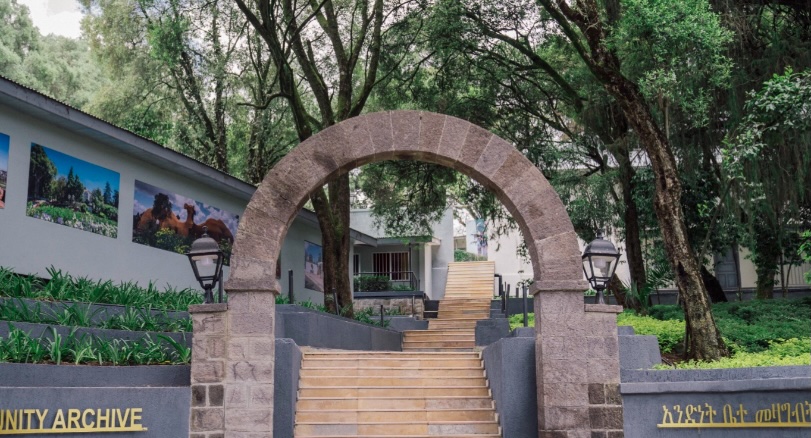Beyond the Obelisks: 5 Historical Sites That Tell Ethiopia's Story
For a country with a history as long and profound as Ethiopia's, there's always more to discover. While the classic sites are essential, these five historical locations offer a deeper, more personal look into the moments and people that have shaped the nation.
1. The Palace Museum
Where: None
The Palace Museum: Once hidden from public view, the Jubilee Palace—built in 1955 to commemorate Emperor Haile Selassie’s Silver Jubilee—has been restored and reopened as a museum. This neoclassical masterpiece, with its Art Deco influences, served as the residence for Ethiopia's heads of state for decades. Visitors can now explore the grand residence, see the Emperor's opulent car collection, and view exhibits on Ethiopian leaders and their diplomatic relations.
2. Adwa Victory Memorial
Where: None
Adwa Victory Memorial: This modern edifice is more than a museum; it's a powerful symbol of African resistance. Located in the Piassa district, the memorial honors the valiant Ethiopian patriots who triumphed over Italian invaders at the Battle of Adwa in 1896. The complex, which opened in February 2024, showcases artifacts, weapons, and uniforms from the battle, and even features a hologram of Emperor Menelik II.
3. Red Terror Martyrs' Memorial Museum
Where: 2Q67+272, Africa Ave, Addis Ababa, Ethiopia
Red Terror Martyrs' Memorial Museum: This museum is a somber but essential visit for understanding a terrifying period in modern Ethiopian history. Established as a memorial to the victims of the "Red Terror" under the Derg regime, the museum provides a raw and insightful perspective on the atrocities committed from 1974 to 1991. Exhibits with personal stories, photographs, and artifacts honor those who suffered and serve as a powerful reminder of the importance of human rights and reconciliation.
4. Menelik II's Palace Complex (within Unity Park)
Where: None
Menelik II's Palace Complex (within Unity Park): While you’re in Unity Park, don’t miss the historical heart of the Grand Palace. The construction of this complex began in the early 1890s and served as the living and working space for seven Ethiopian leaders. You can see Emperor Menelik II's bedroom, his prayer room (the "Egg House"), and the building where the country’s first telephone line was installed. It’s a fascinating glimpse into the daily life of Ethiopian royalty.
5. Unity Archive
Where: Unity Park, Addis Ababa
Unity Archive: Located within the Grand Palace, the Unity Archive is a repository of written documents spanning the past 140 years of Ethiopian history. It's likely the only indigenous archive in Africa, with documents from successive governments that have all originated from the palace. The archive is currently being modernized and digitized, and the exhibition offers a look into Ethiopia's external affairs, internal affairs, and socio-cultural experiences from the 1880s to the 1990s.
